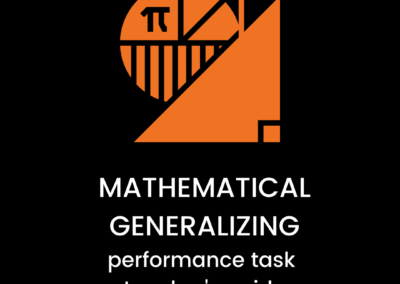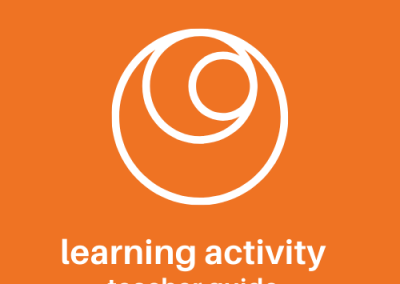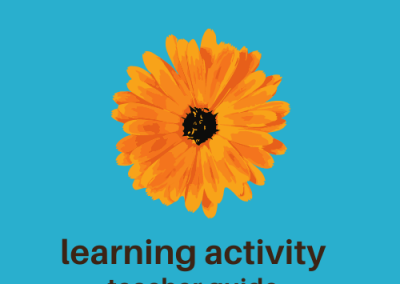Spider Maps
Preparation
- Print and copy one Spider Map handout per student.
- Identify a set of five or six interesting, varied, relatively short texts related to an upcoming lesson .
- Gather transparencies and transparency markers (or a technological equivalent).
Activity Steps
1
Introduce this lesson by reviewing a previously read text or previously studied unit. In a discussion, review the main concepts from the text or unit. Share the Spider Map transparency with the class. Explain that the Spider Map is used to describe a cen
During this modeling process, be sure to think aloud about what makes something a main idea versus a detail, and how to tell which details support which main ideas. Try to pick a unit or text that is similar to the target topic for today. If you are expecting to work on a new historical period, review a previously studied historical period during the first section of class. Display the completed Spider Map throughout the class.
2
Introduce the new topic to the students. Introduce the five or six texts you’re using for this lesson to the class. Tell them that, in a small group, they will be learning important details about the topic. Engage in a brief one- to two-minute booktalk fo
This is an important step to prepare students for learning. Helping them know what to anticipate can help them to learn more effectively and efficiently, and to be more engaged in class.
3
Divide students into small groups. Tell students that each member of the group will be contributing to a Spider Map based on the content of what they read. Their completed Spider Map will be shared with the whole class. As a group, they need to select th
Carefully consider the groupings, choosing students who will work well together and learn from each other.
4
Each group gets a text or set of texts. Each small group should: · Decide which sections or chapters of the books each student will read (or if they will read all together). · Read the assigned parts silently or aloud, depending on class expectations an
You can decide how students will do the actual reading, or allow groups to decide. Options include groups reading aloud together, pairs reading together, or each student reading individually.
5
Summarize what they learned for their group members and write it on chart paper. · Have the leader complete a Spider Map on a transparency, chart paper, or on the computer, in preparation for presentation. · Have the leader choose someone in the group
Circulate from group to group, observing the process. If any group is having trouble, intervene appropriately. Ask questions to probe the students’ thinking further, particularly in determining what is a main idea and what is a detail.
6
When students are finished, reconvene as a whole group and allow some time for each small group to share their Spider Map.
Alternatively, you could ask each group to share with one other, or you could arrange a gallery walk. · · Lead students in a discussion of how they determined what was a main idea and what was a detail, and what the main ideas were.
Adaptation for the Math Classroom
When students learn a new math skill or concept it is important for them to recognize the main idea (such as ways to represent linear relationships, or the importance of the unit fraction) in order to see the connections between ideas. The Spider Organizer is an excellent way to have students identify and connect the big idea and the supporting elements that in math can often seem like disconnected ideas.

























